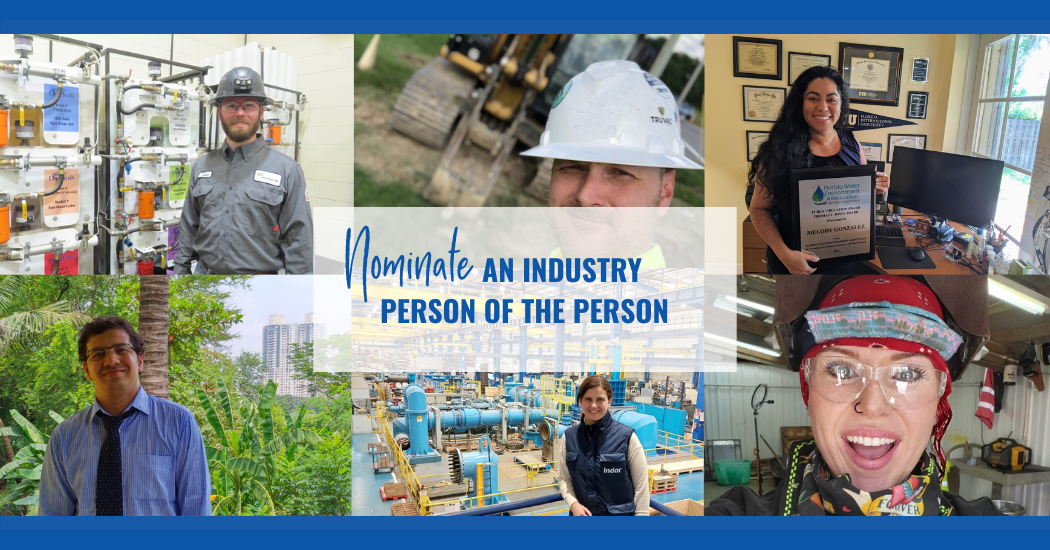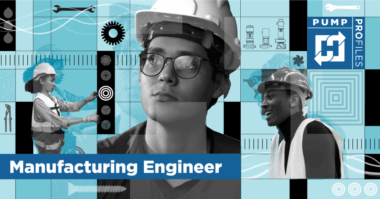Our Industry Person of the Week is Andre-Michel Ferrari, a Reliability Engineer.
Q: How did you get started working in your field?
Andre-Michel: When I started my career in industry, back when dinosaurs still existed, your leader defined your career path. I was “volon-told” to become a Total Productive Maintenance (TPM) lead in the Brewery where I worked. I have worked in the field of Reliability and Maintenance ever since… and have absolutely no regrets!
Q: What do you love the most about your job? What are you most proud of?
Andre-Michel: As a Reliability Engineer I get to do stuff that not many people like: finding information on assets and crunching them into statistics which will in turn inform an operator on how their assets are doing and will perform in the future. Most people hate the statistics part but I love it. In doing so, I help decision makers find the best financial outcomes for their assets as well as keeping people safe out there through risk minimization. I am thrilled and most proud when I can come up with a decision process that that responds the needs of my customers.
Q: What advice would you give to someone considering this line of work or new to the field?
Andre-Michel: I would advise anyone wanting to be a Reliability Engineer to start as a Maintenance Engineer. Maintenance Engineering brings them closer to the operating asset or equipment and they get to understand how equipment works as well as the challenges a complex operation faces. Having worked in this role will help them better relate to equipment if they choose the Reliability Engineering career path. It also helps them better communicate with people working in the field and become this key link between the “boardroom” and the field.
Q: Can you talk about a project you recently worked on?
Andre-Michel: I built a Reliability, Availability and Maintainability (RAM) model for an oil pipeline. The inputs to the model were essentially the pipeline operating philosophy, the life parameters of critical equipment and the amount of oil expected to be shipped (as per the contract between shipper and operator). Once up and running, the RAM model informed the pipeline operator on frequency and equipment downtime, the operational “bottle necks” and the probability of achieving the contracted through put. One of the key achievements was the ability to write a contractual agreement between parties that was based on achievable performance rather than “rules of thumb” analysis. The latter could have exposed the operator to major penalties in case of non performance.





